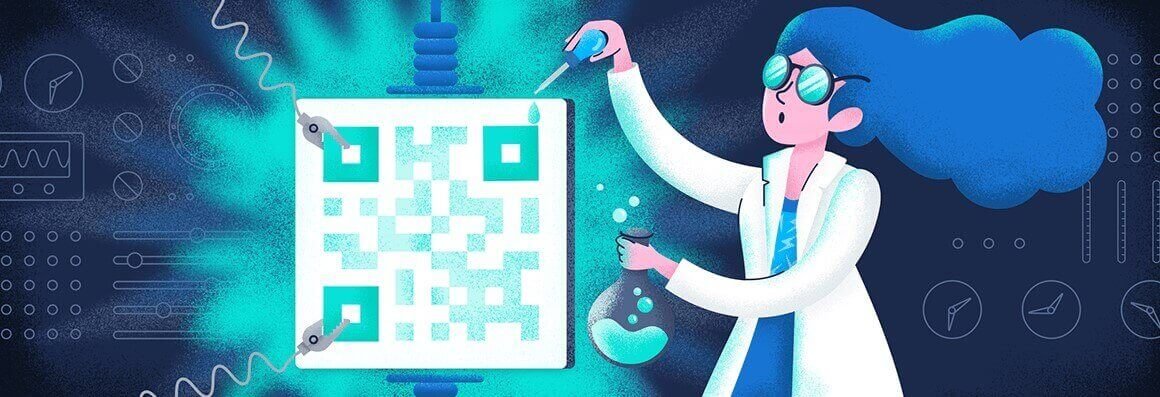Welcome to the era of instant access, where digital memories can be shared with a single scan. Curious how this all happened? Let’s dive into the curious connection between old-school photography and the rise of modern QR codes, a leap no one saw coming!
Before we get into the nitty-gritty of QR codes, let’s talk about the art of sharing memories. In the past, we relied on physical prints. You’d snap a picture, develop it, and tuck it safely into an album. Each photo was like a ticket to a moment in time, captured in ink and paper. Fast forward to today, and now you can easily create instructions on how to get a QR code that links directly to your vacation photos, a heartfelt video, or even an interactive story.
But how did this transformation come to be? And why QR codes of all things?
The Hidden Link Between QR Codes and Photography
At first glance, QR codes and photography seem worlds apart. But dig a little deeper, and you’ll realize both are forms of preserving and sharing information. Photography began as a tool to freeze a moment in time—whether it was a family portrait or a fleeting landscape. It was personal, tangible. Similarly, QR codes are also snapshots of data, frozen into those little black-and-white patterns we’re all so familiar with. Instead of an image, they store complex digital information—URLs, location coordinates, you name it.
So why, in a world so obsessed with imagery, do we turn to these abstract patterns for digital interaction?
QR Codes: From Boring Data to Modern Storytelling
QR codes were originally invented for industrial purposes, helping track vehicle parts in Japan during the ’90s. Back then, no one thought they’d end up on everything from business cards to restaurant menus. But here’s where things get interesting: QR codes are not just boring data carriers anymore—they’ve evolved into modern storytelling tools.
With a single scan, you can now take someone on a digital journey. Consider them portals, little gateways into a world of content. Imagine scanning a QR code on an old postcard from your travels, and instead of just a message, you’re led to a full interactive gallery of your trip—photos, videos, voice memos, the whole package. It’s like the Polaroid of the 21st century but enhanced.
The Next Frontier: Memory Time Capsules in a QR Code
We’re on the cusp of something exciting: the concept of using QR codes as time capsules. What if you could seal your digital memories into a QR code, only to be unlocked at a future date? Picture this: at your next family reunion, you give everyone a printed QR code. When scanned, it reveals a video message from today, or even a snapshot of the future—perhaps an AI-generated image of what the world will look like in 50 years.
It’s a playful twist on time travel, made possible through technology.
The Fun Side of QR Codes: Easter Eggs and Hidden Surprises
One of the best things about QR codes is how they’re being used creatively. Think scavenger hunts where you scan QR codes for clues. Or imagine receiving a birthday card with a QR code that leads to a surprise video message. People are starting to use QR codes as digital Easter eggs, hiding fun surprises that go beyond basic text and images. It’s an unexpected, modern spin on the art of mystery.
So next time you see a QR code, don’t just dismiss it as some boring black-and-white square. You might just be a scan away from unlocking a digital memory, a hidden story, or a playful surprise.
From Polaroids to Pixels, What’s Next?
The journey from tangible memories in albums to virtual ones in QR codes shows how far we’ve come in preserving experiences. While Polaroids gave us something to hold and feel, QR codes offer a more dynamic and interactive way to engage with our personal histories.
Who knows what the next leap will be? Maybe it’ll be holograms or immersive VR experiences, but for now, that little square of code is the gateway to a whole new way of sharing our stories.
And to think, it all started with a simple scan.
